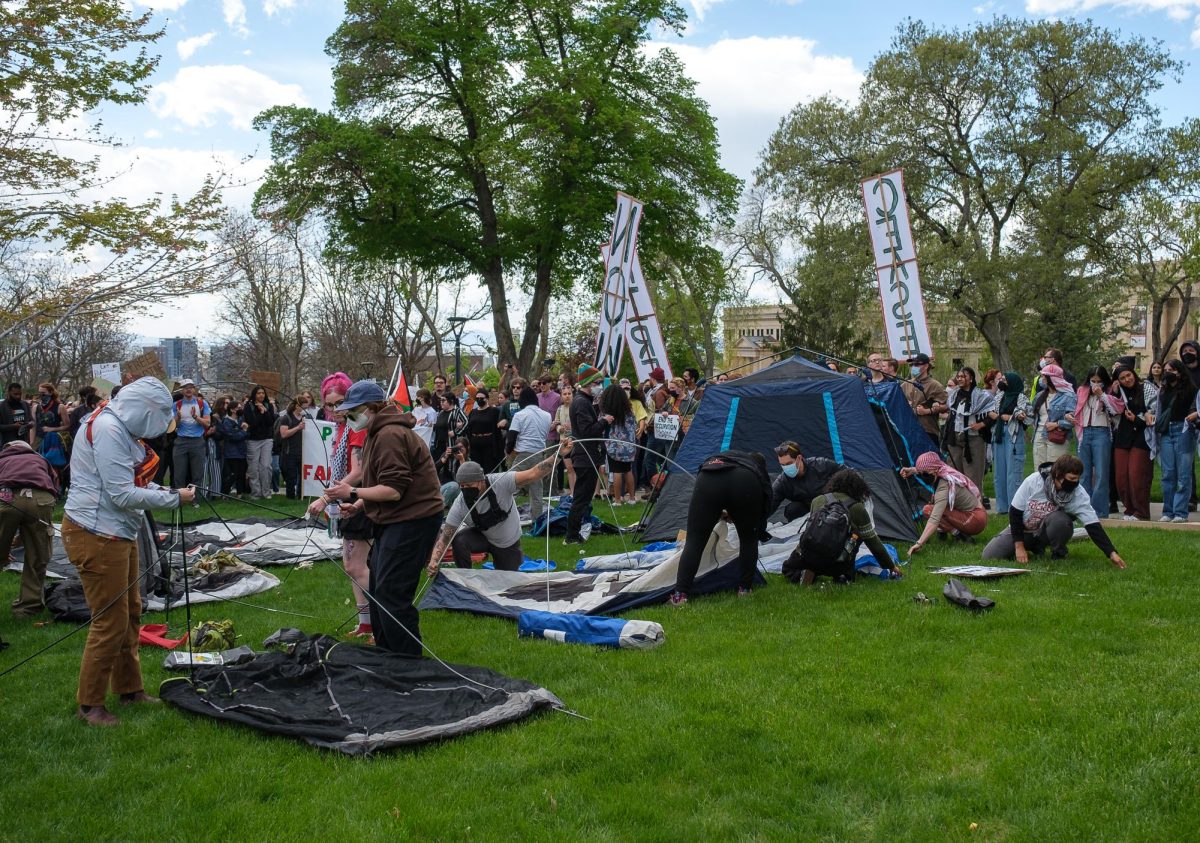A U professor’s research has drawn the attention of the Department of Defense.
U math professor Andrej Cherkaev hopes to develop a structure that destroys itself at every possible point when subject to an outside force. The applications of his research for protective devices has caught the attention of many buyers, including the Department of Defense, for use in creating things such as improved bullet-proof armor.
“The only way to absorb energy is to break a material,” Cherkaev said. Complete destruction of a material equates to maximum energy dissipation. For example, a car’s bumper, rather than its passengers, absorbs energy, he said.
In any situation, stress concentrates at a weak point. For example, when pulling apart a strip of plastic, the strength of any point along the strip is a function of the thickness at that point. The stress of pulling the strip will concentrate at the weakest point and weaken it further by stretching it, an example of positive feedback. Eventually, the plastic will break, absorbing a small amount of energy.
Applying this analogy to a bullet-proof vest, the absorbed energy is compared to how much the vest will slow down a bullet before it harms the person wearing it. The goal of Cherkaev’s research is to find a way to multiply the number of breakage points, in a bullet-proof vest or otherwise, to divert more energy to a chosen path.
“We need to make a structure with inner instabilities that withstands multiple breakages to spread the damage as much as possible,” Cherkaev said. If an impact severely damages the material in a protective device, then whatever it’s protecting will receive less damage.
This approach emerged from a theory that he collaborated on with Leonid Slepyan from Tel Aviv University, and has been further developed at the U math department.
Although his research applies to and receives funding partly through the Department of Defense, Cherkaev said he is not designing armor specifically.
“We design the science which could help them,” he said.
Most of what has been done thus far has been based on a large-scale approach, but the small-scale options, though significantly more expensive to develop, present many possibilities, Cherkaev said.
Computer modeling helps put the concepts into a working form, said Seubpong Leelavanichkul, a mechanical engineering post-doctorate and former student of Cherkaev.
“We need to come up with a design that doesn’t exist only on the drawing board,” Leelavanichkul said.











